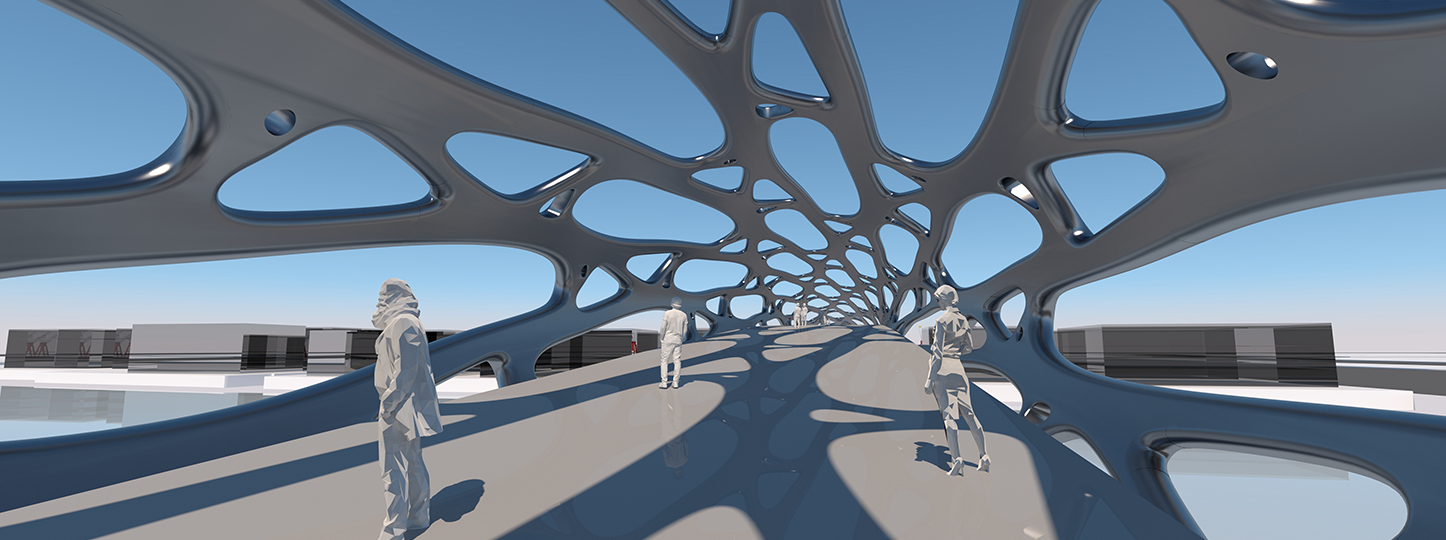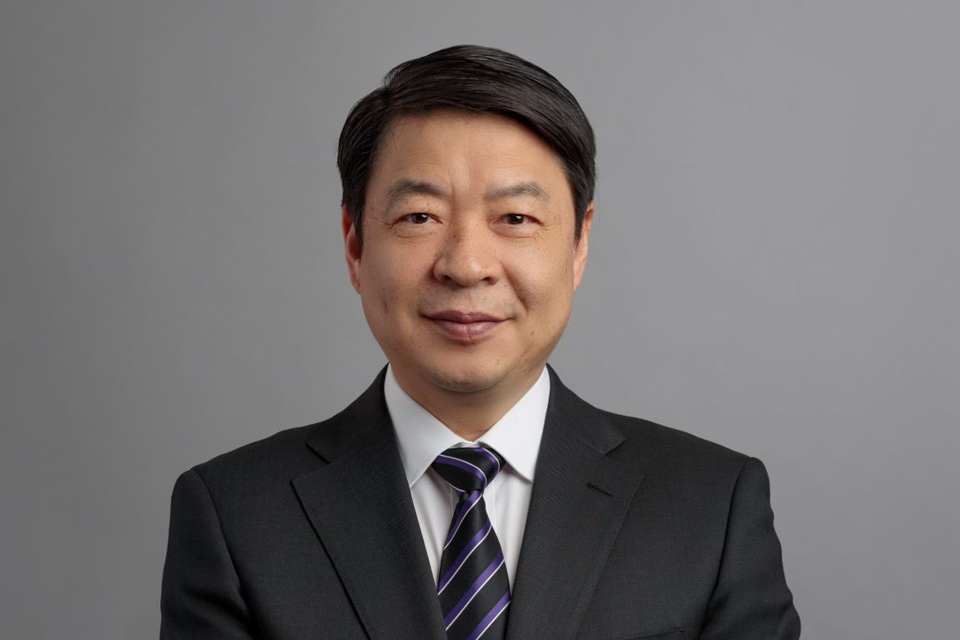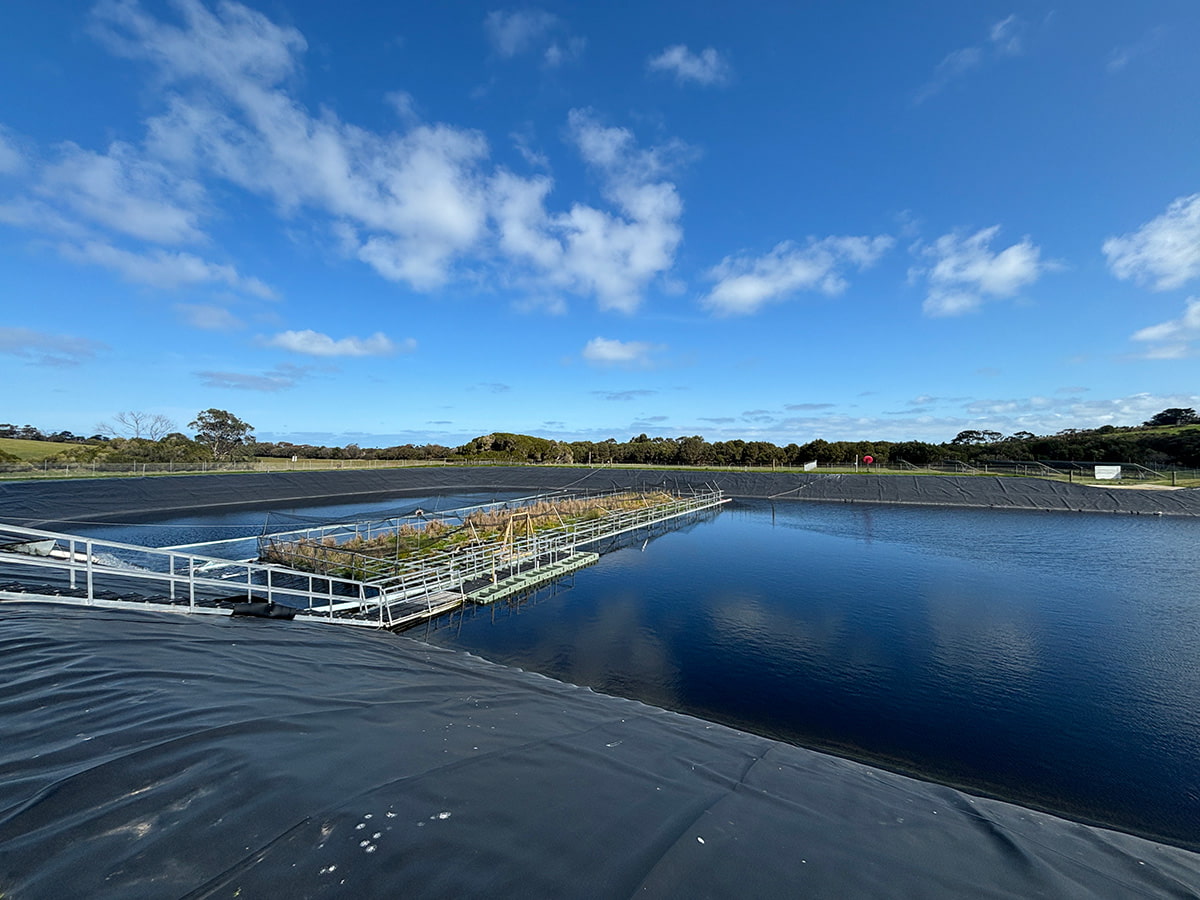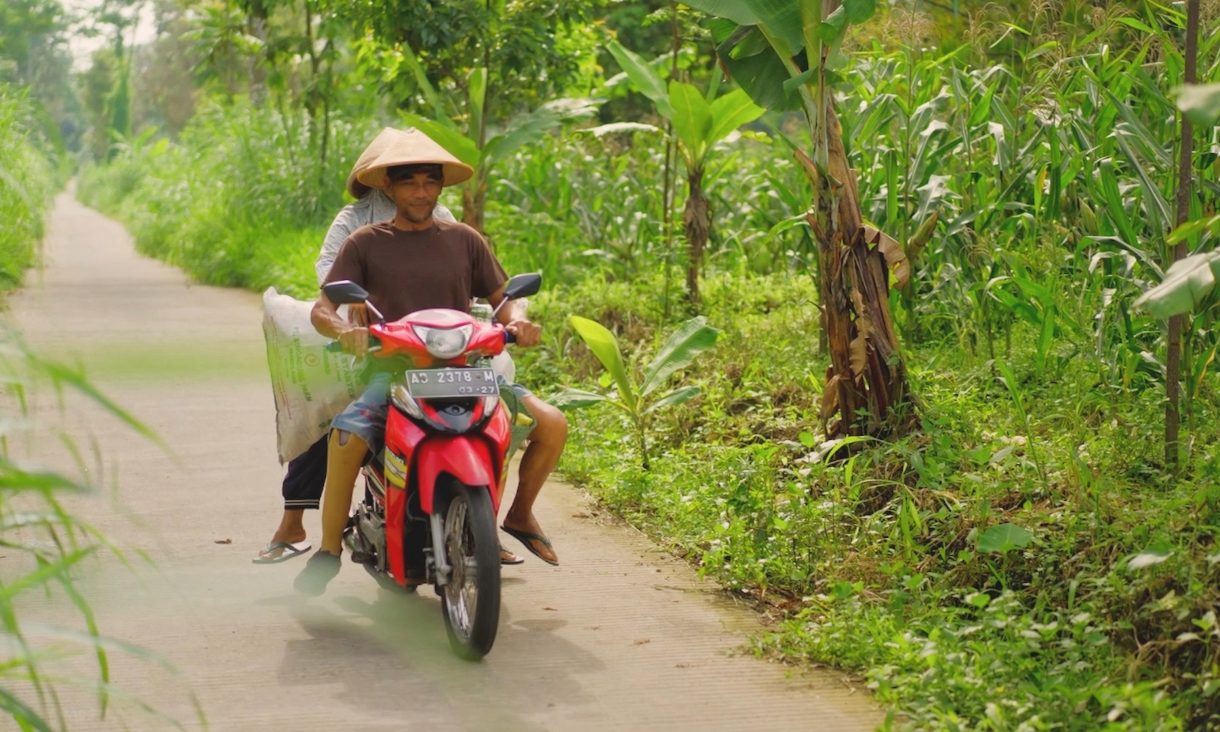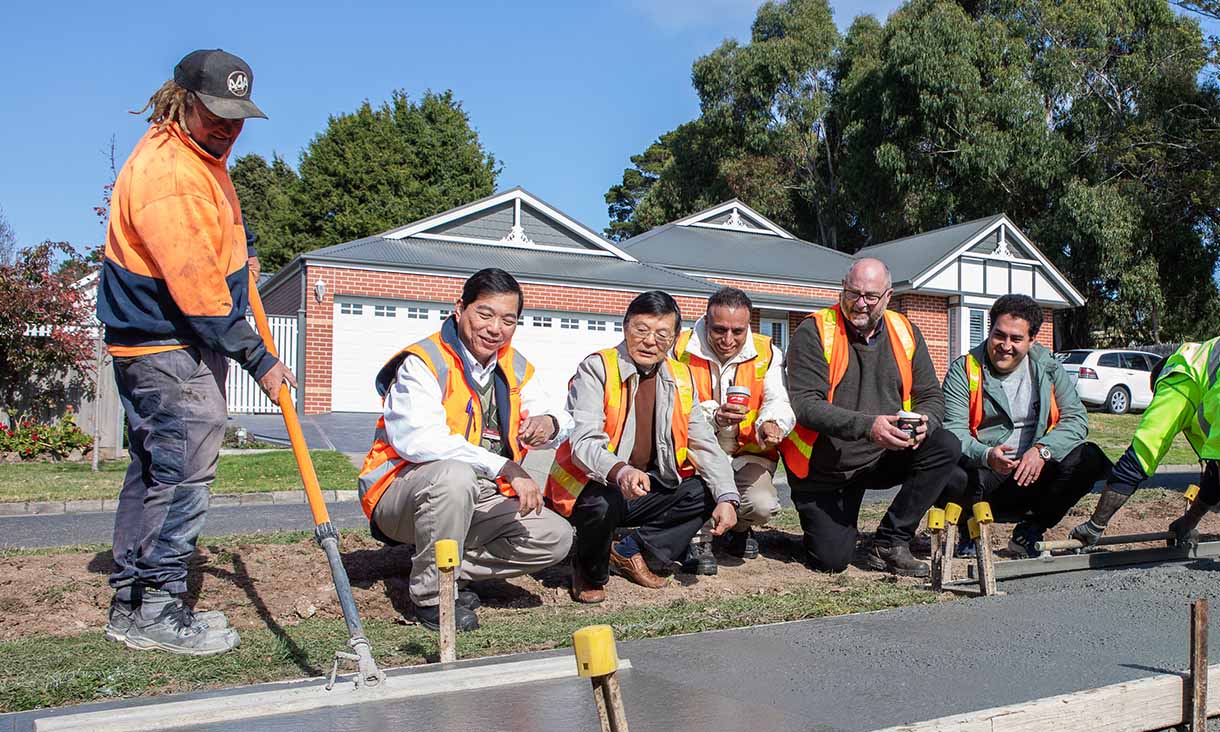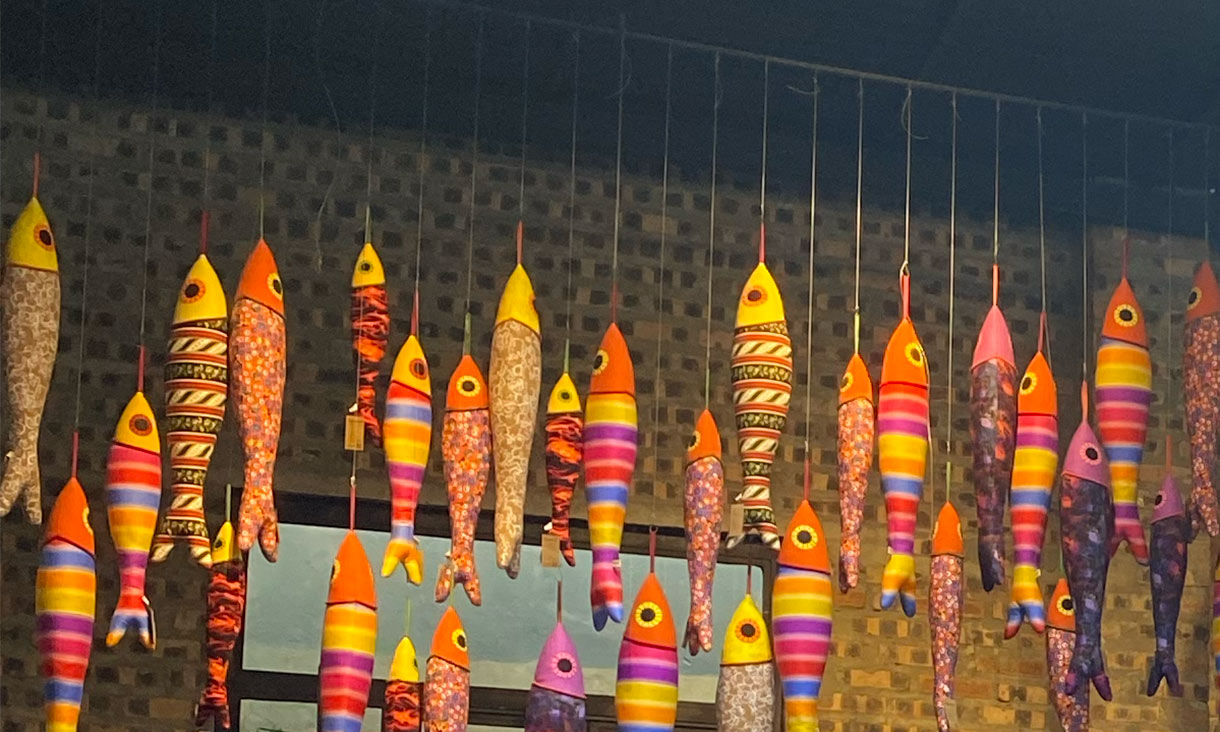Floating wetlands to reduce greenhouse gas emissions in wastewater lagoons
RMIT researchers, Westernport Water and CSIRO partnered to investigate floating wetlands as a nature-based solution to reduce greenhouse gas emissions from wastewater storage lagoons.
Prosthetic leg donation program changes lives in Southeast Asia
A pioneering rehabilitation program led by RMIT University has fitted more than 200 prosthetics legs and delivered more than 4,600 biomechanical therapy treatments and counselling sessions in partnership with local programs across Indonesia, Timor-Leste and Cambodia.
Coffee concrete trial turns organic waste into a valuable resource
RMIT researchers collaborated with Macedon Ranges Shire Council to conduct a world-first coffee concrete footpath trial.
Developing inclusive health programs and digital literacy in Southeast Asia
Research at RMIT Vietnam is helping to improve access to health services and boost digital literacy for people living with a disability in Vietnam and Indonesia.
